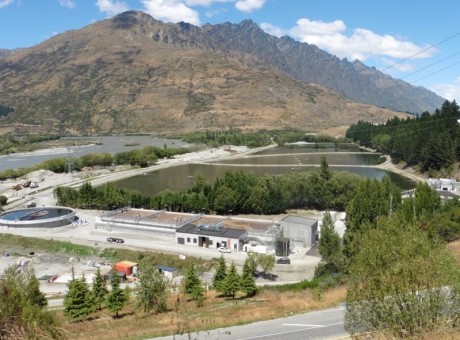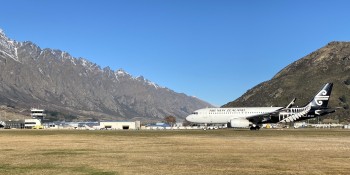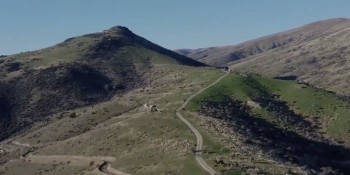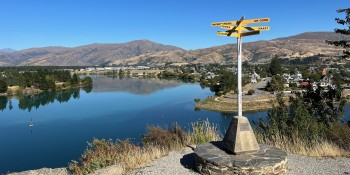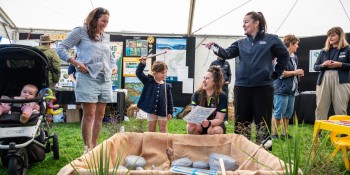QLDC and Crux effluent test results produce dramatically different numbers
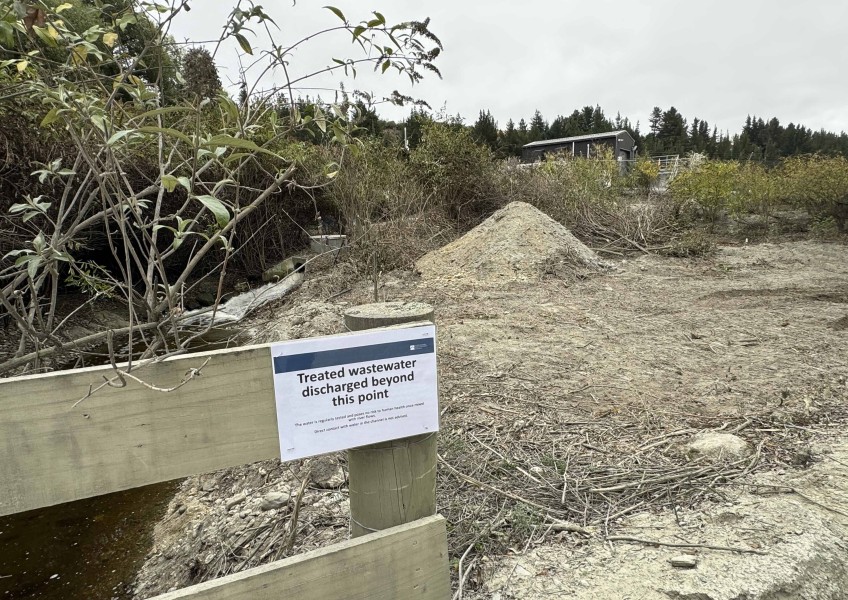
The Queenstown Lakes District Council has released water test results of the effluent that started being discharged into the Shotover River on Monday March 31st, under emergency RMA powers. But the results are dramatically different to tests carried out by Crux on the same day.
Crux received a lab report showing 570 cfu’s per 100 ml of e coli in the new channel that connects the plant to the Shotover River. That’s more than double the consented 260 cfu limit.
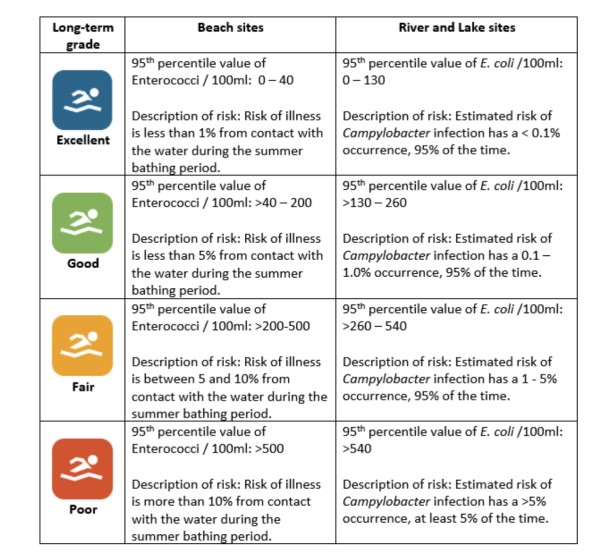
The relative risks of e coli in water
The QLDC report, from the same independent laboratory, reports less than 10 cfu’s of e coli per 100 ml.
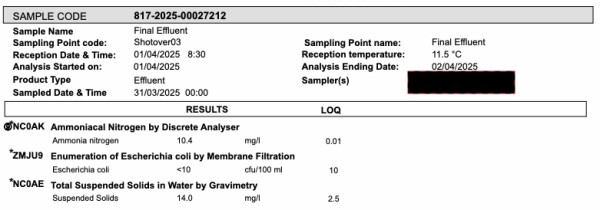
QLDC's lab report from Monday March 31st
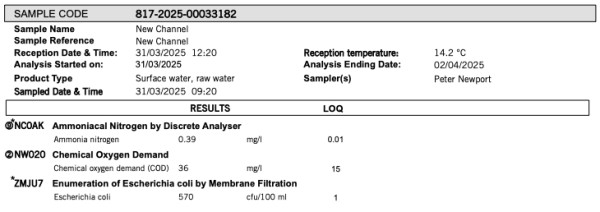
The Crux report - same lab, same day
Crux has requested additional water sample tests which have not yet been received.
An expert who spoke to Crux today explained that the differing results could be explained by different sample locations.
The Crux sample was taken in the middle of the new discharge channel around 100 metres from the UV building that sterilises the liquid effluent – but not solid waste.
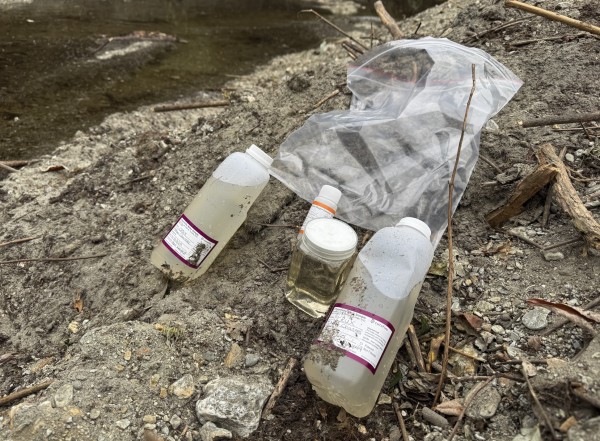
The Crux water sample test site on the new channel, 9.20 am Monday March 31st.
The QLDC sample, taken by contractor Veolia, could have been taken in or very near to the UV lights in the UV building, upper right in the main image above, (imagine a sun bed in full glow) which could have the effect of temporarily reducing or removing an e coli reading.
Crux understands that QLDC has committed to daily sampling of the effluent at the point of entering the Shotover River.
We have asked QLDC for an explanation of exactly where and when their sample was taken. Their lab report says midnight (00.00) on March 31 which would have been prior to the new discharge starting at around 8.30 am.
The Crux sample was taken at 9.20 on the 31st, and at 9.30 from the disposal field discharge pipe.
Mayor Lewers made the following statement to Crux.
Queenstown Lakes District Council (QLDC) has today published test results from treated wastewater discharged from its Shotover Wastewater Treatment Plant (WWTP). They are the first test results following the start of direct discharge of treated wastewater into the Shotover River that began on Monday.
The results, which can be found on the QLDC website here, were well within consented limits set by regulator Otago Regional Council (ORC):
- E.coli levels were below 10cfu (colony-forming units) per 100ml (10cfu being the lowest concentration that can be reliably measured); this compares to QLDC’s consent limit which requires a geomean and a 90th percentile* of less than 260cfu/100ml, and the nationally accepted safe levels for contact recreation (also at 260cfu/100ml).
- Total suspended solids were 14mg/l compared to QLDC’s consent which requires an annual mean and 95th percentile* of less than 30mg/l and 50mg/l respectively.
* meaning the percentage of results matching a specific ‘percentile’ that need to be below the upper test limit (i.e. 90th percentile mean 90% of results need to be below the limit, etc).
QLDC Infrastructure Operations Manager Simon Mason said the results reflected a well-operating treatment plant.
“For compliance purposes we test samples taken immediately downstream of the last treatment process within the plant, in this case the UV disinfection step. Any sampling completed further along the water’s journey to the river are not reliable indicators of the actual treatment performance given they can be affected by external factors unrelated to the functioning of the plant. For example, animal faeces such as from birds and dogs are known to cause spikes in E.coli readings.”
“However, in light of the discharge directly to the river, we will now be undertaking monitoring upstream and downstream of the discharge point to ensure we have a full understanding of any effects of the discharge. These results will be shared with ORC as regulator and made publicly available on our website. Typically, these tests are processed in around two weeks by the external lab.”
Mr Mason confirmed that onsite testing of the treated wastewater is historically conducted daily, and that this would continue under the new discharge regime.
“These onsite tests are indicative of operational performance in that they would quickly show if there were any issues with the quality of wastewater at the end of the treatment process. However, we also send samples to an external laboratory for analysis on a weekly basis. Compliance results are shared with ORC (as regulator) on a monthly basis in accordance with the conditions of our existing resource consent,” he said.
MP Joseph Mooney told Crux:
"I am pleased to see that testing is being undertaken and the results provided to the public."






